Go. Simply go, after a year and a half of uncertainty, anguish and extinction.
Holidays and Algarve are synonymous, for many Portuguese and foreigners. But what marks the imagination of a person who goes to the Algarve?
Heat, calm and warm sea, palm trees in more or less sophisticated developments, the towel on a natural sand mattress, close to a rocky cliff. At the end of the day, snack on clams or clams, while anticipating a dinner, without haste, where we will enjoy a sea bream or sea bass.
The essential sardines are, of course, mandatory, even though they make us go to bed with a very, shall we say, characteristic smell. Before returning, we are going to buy some almond candy and some friends told us they had heard about some carob “chocolates”, those trees we saw when we visited the interior of the Algarve.
Already fed up with the Algarve commonplaces 2021?
THE HOLIDAY CHALLENGE: THE ALGARVE FOR 120 MILLION YEARS
The proposal is a vacation in the Lower Cretaceous, approximately 120 million years ago, a phase in which dinosaurs left their footprints on Praia da Salema or deposited the layers of multicolored sediments of Praia da Luz or even the appearance of the first flowers.
OUR DESTINATION
The Iberian Peninsula was a veritable stone raft, an isolated block, an island, as Saramago wrote.
The opening of the Atlantic continues to separate Iberia from the American continent, and at this time, this "stone raft" was located further south, at a paleolatitude of 30º north, which, if it were today, would correspond to to Agadir, in Morocco, to Cairo or even to New Orleans, in the USA.
Travel to Brazil and the USA was also very cheap if there were planes (and by the way, people!), since the fragmentation of the huge supercontinent Pangea had already started.
The Iberian Peninsula was thus between two oceans: to the east, the Neotetétis, and to the west, the young and still narrow Atlantic Ocean. To the south, the Gibraltar fault separates us from Africa, and to the north, another natural border on the Bay of Biscay kept Europe at bay.
CLIMATE
Although, at the beginning of the Cretaceous, the climate of the Algarve was similar to that of today, the greatest climatic differences were global and resided in the fact that temperatures at the poles were much higher than today, giving rise to 120 million years ago (Ma ), the poles had no ice.
The fact that the poles are much hotter than today is justified by the greenhouse effect at that time, the result of the great volcanic activity that the continental separation movements caused. But not only. A tropical current, coming from the east, entered the still small Atlantic, releasing heat to the north and warming the north pole. As a result of the melting of these large ice masses at the poles, the average sea level was much higher than today – this rise in sea water reminds us of something, doesn't it?
The climate on the Iberian Peninsula was tropical, hot and humid, exotic enough for a holiday in the Algarve.
THE BEACHES
The general relief of the Iberian Peninsula was smooth, with no great mountains or elevations to highlight at this stage of Earth's history. As for the coastline, in the end what interests any bather to know – where is the beach? -, was varying throughout the Lower Cretaceous.
Generically, we can say that the coastline, that is, as far as the sea went, receding as time progressed: from a coast that was almost in Silves and between Faro and Loulé, 142 million years ago, to beaches well north of Silves and Loulé, 113 Ma.
It should be noted that going to the beach in Lagos implied a trip, more or less long, inland.
This general advance of the sea, with variations, as we must not forget that we are talking about millions of years, was mainly due to different weather conditions, absence of ice at the poles, as well as variations in the depth of the sea during this period.
There are approximately 125 Ma, it is important to mention that anyone who ventures to dive off the coast of Faro I could see a type of bivalves that are already extinct, the rudists, which contributed to bio-buildings, a little similar to what happens with the constructions made by corals.
These extinct bivalves existed from the upper Jurassic until the end of the Cretaceous, their valves (shells) were thick and very different from each other (one conical and one flat), and by the base of the first they were fixed to the seabed. These were shallow seas, warm, although with some agitation. Maybe diving to observe rudists is just a more radical tourist proposal…
LANDSCAPE AND PLANS
Would we have the same landscaping pleasure in the Algarve from the time of the dinosaurs as we do today?
Flowering plants (angiosperms), dominant in today's landscapes – from herbs and all wildflowers, fruit trees, among many others – began their dominance on Earth.
120 Ma ago, the plants that we could observe in the landscape can be summarized as coniferous forests (such as the Watsoniocladus identified by Paulo Fernandes, at Praia dos Arrifes), cycads, ferns and gingko.
In the Lower Cretaceous, at the time of this tourist experience, all the current conifer families were already represented, including the group of pine trees (Pinaceae) and the group of araucarias (Araucariaceae), thus giving a more familiar image to the landscape of the past.
According to Paulo Fernandes, from the University of Algarve, and based on the analysis of the rocky levels of Praia dos Arrifes, there was a predominance of ferns over other flora, thus denoting a humid and hot climate, with some of these ferns reaching the size of trees , the so-called arboreal ferns.
But the landscapes of southern Portugal are currently painted by several trees, such as the cork oak (Quercus suber), although the oldest record of the group to which the cork oak belongs dates back only 30 Ma (Oligocene). In other words, the Algarve landscape was very different from today. Simply buying cork handicrafts would be…impossible, since we wouldn't have the cork oak trees yet – if there were wine, how would the bottles be covered?
Another plant that constitutes the Algarve's brand image, either for its imprint on the landscape or for its fruits, is the almond tree (Almond), but we would still have to wait 70 million years, since its oldest relative appeared in North America, only 50 Ma, long after these reader paleopheries.
Golf courses were also far from being one of the Algarve's attractions, since grasses (which include different types of grass, but also, for example, corn or rice) had not yet emerged. The oldest fossils of these plants date after the disappearance of the dinosaurs (66 Ma ago), although the remains of grasses have been identified in fossilized “cocci” (coprolites) of dinosaurs.
Recent studies point out the appearance of this group of plants at around 120 Ma, but even so, golf courses, razor clam rice or the typical xarém, made from corn, all involving grasses… and will have to wait a few more million years .
On the other hand, there would be no allergy crises due to pollens…the flowers had already appeared, but their importance in the environment was not identical to the current one.
EAT OUT
If, in 2021, one of the Algarve's attractions is sardines, 120 million years ago we would necessarily have to give up this delicacy, since sardines (pilchardus sardina) would only appear approximately 3 million years ago, with fossils from Italy. The oldest relatives of sardines appeared soon after the extinction of the dinosaurs, 66 Ma ago.
If we wanted, for example, to delight ourselves with a sea bream or even fried squid, the issue would already change. While for the golden one (spars aurata) the oldest record is about 40 million years old (Eocene), our holidays would have to last another 80 million years to appreciate this fish.
In the case of squids (loligo vulgaris), and although cephalopods have inhabited the seas for over 500 million years, they did not yet exist as a group in the Lower Cretaceous.
If paleotourists want to indulge in something similar, we suggest trying some belemnites, an extinct cephalopod, very similar to today's squid, but unlike these, they had an inner shell. Still as a brand image (and gastronomic potential) of the Cretaceous seas we have another marine cephalopod mollusk – ammonites. Who knows?
Ammonites were a very diverse group of animals, molluscs with flat spiral shells and sizes ranging from a few centimeters to more than two meters in diameter (estimated value for Parapuzosia seppenradensis), also disappeared in the late Cretaceous mega-extinction. Another dish to try?
Other specialties in the Algarve are the clams or clams (ruditapes decussatus). These delicacies, both bivalves, would not yet exist, but, as an experimental gastronomic alternative, we suggest the rudists that, as we have seen, would exist off the coast of Faro and Tavira, there are 125 Ma.
Despite its very thick shells, there is always the possibility of a pleasant discovery for the palate, good to tell family and friends since 66 million years ago nobody has proved rudists – the temporal travel agency returns the money otherwise.
In conclusion, this exercise – touring the past of the Algarve's natural history – had as its main motivation to present very, I repeat, very briefly, some of the information we currently know about this moment on Earth and the Algarve in particular. This introduction was not intended to be an exhaustive survey of the geological and paleontological information we currently know.
I deliberately chose to omit information about other aspects that are closer to me professionally, such as dinosaurs.
For a future opportunity, perhaps the most complete picture of the Algarve's geological and paleontological heritage can be completed, in a way of…tourism to the past.
Author Luís Azevedo Rodrigues (Paleontologist, PhD) is Executive Director of the Centro Ciência Viva de Lagos
--------------
Thanks
Paulo Fernandes (University of the Algarve) – for the suggestions of the paleoflora and paleoenvironment of the Algarve, from the paleocosta map.
Pedro Terrinha (IPMA) – for the comments and availability.
Pedro Proença Cunha (University of Coimbra) – in sending a bibliography.
References
Correia, F., 1989. Bistratigraphic and microfacies study of the carbonated Cretaceous of the Portuguese Southern Sedimentary Basin (Algarve). Doctoral Dissertation, Faculty of Sciences of Lisbon, 400 p.
Penn, SJ, Sweetman, SC, Martill, DM, & Coram, RA (2020). The Wessex Formation (Wealden Group, Lower Cretaceous) of Swanage Bay, southern England. Proceedings of the Geologists' Association.
Rodrigues, LA and Agostinho, M. (2016) Lagos – Urban Geology and Paleontology Guide. Lagos Ciência Viva Science Center Editions, 124pp. ISBN 978-989-99519-2-1.
Rodrigues, LA and Agostinho, M. (2016)a Tavira – Urban Geology and Paleontology Guide. Lagos Ciência Viva Science Center Editions, 120pp. ISBN 978-989-99519-0-7
Taylor, TN, Taylor, EL, MC, Krings. (2009). Paleobotany, Second Edition The Biology and Evolution of Fossil Plants.
Willis, KJ, & McElwain, JC (2002). The evolution of plants. Oxford: Oxford University Press.
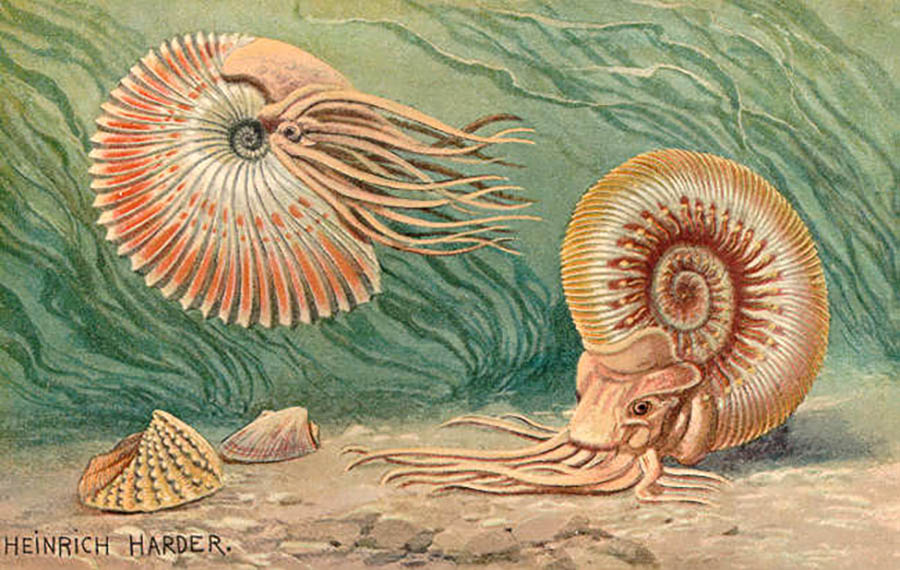
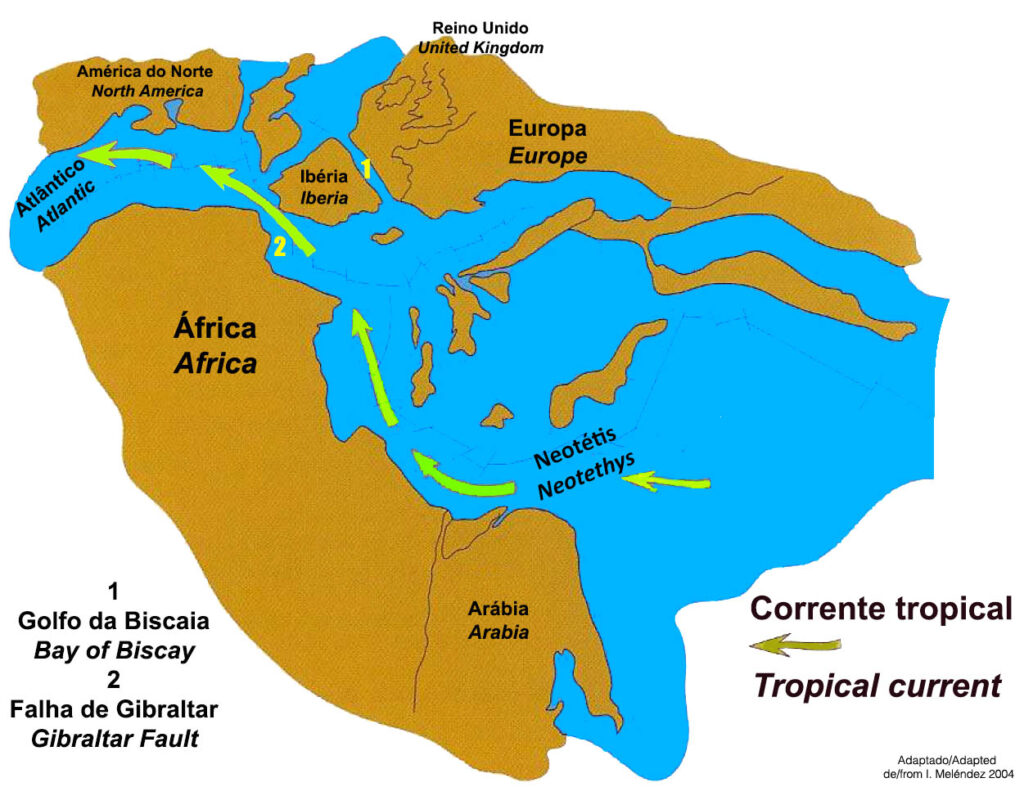
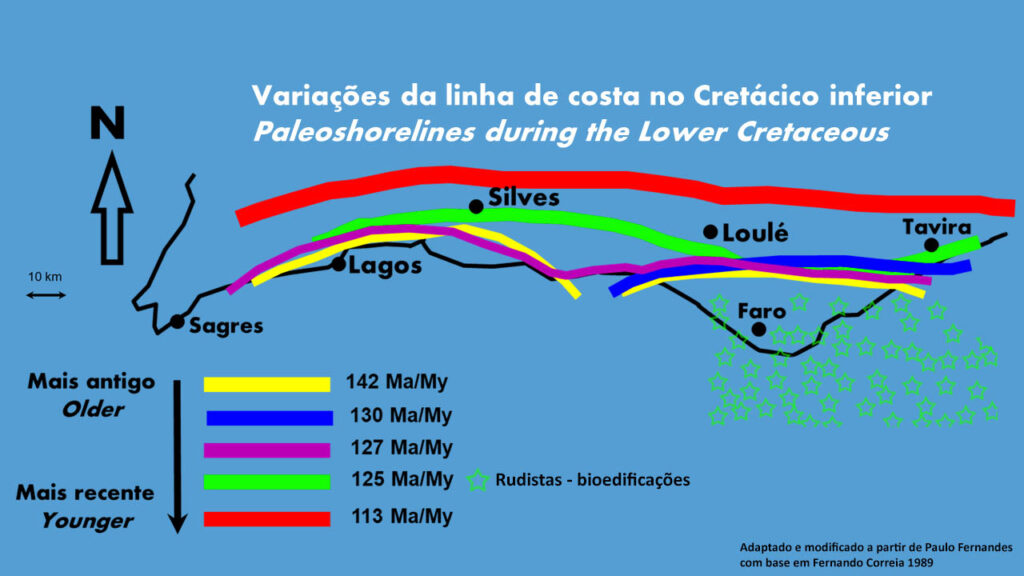
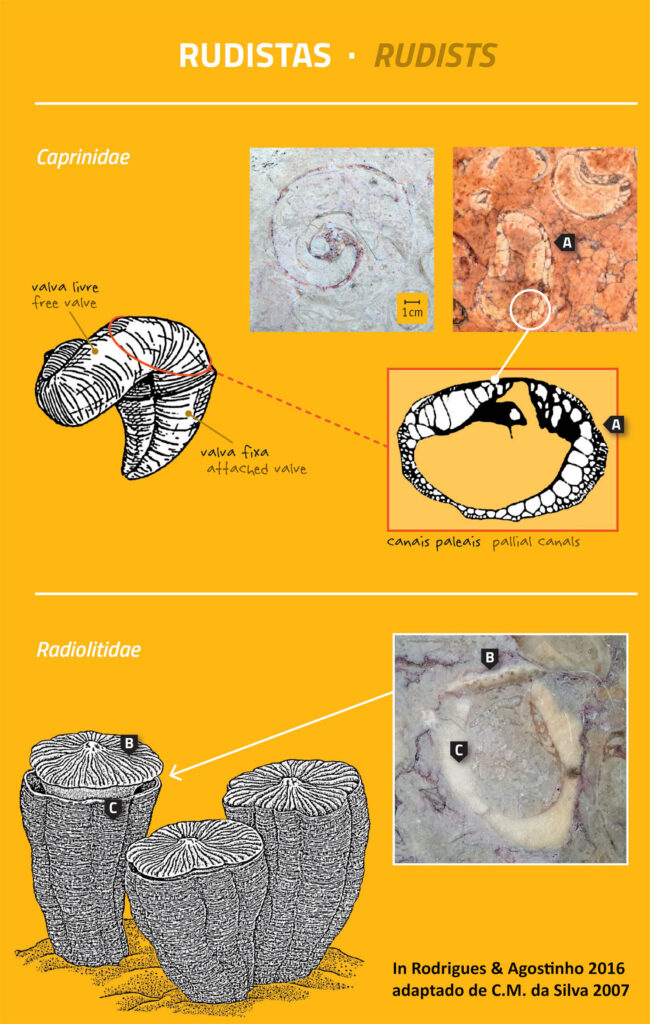
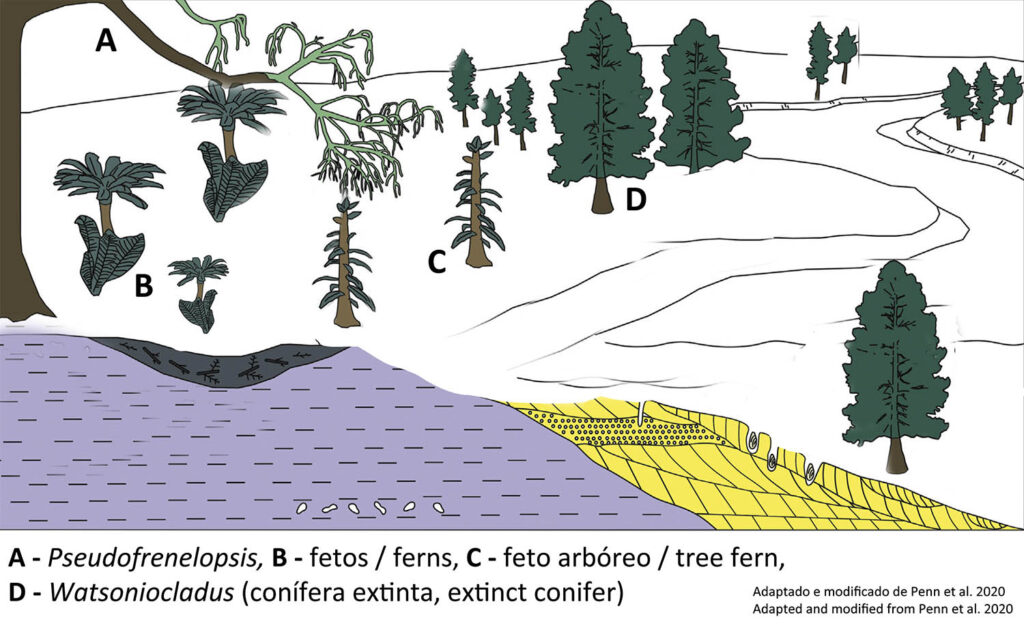
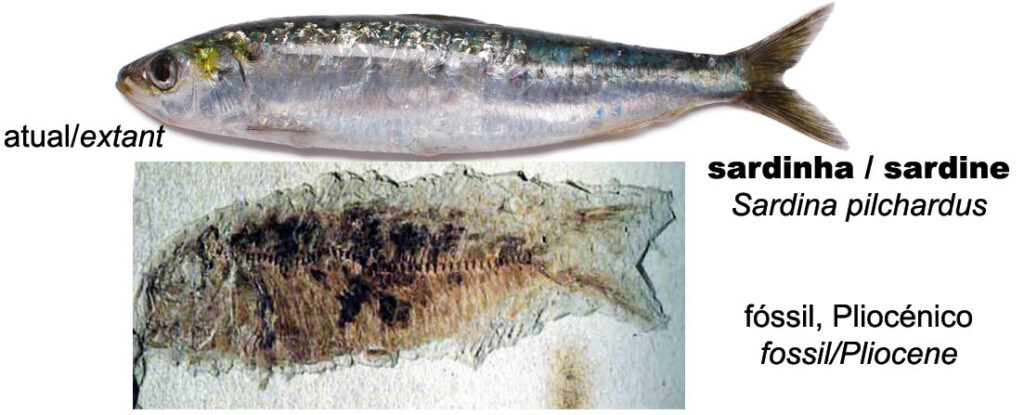
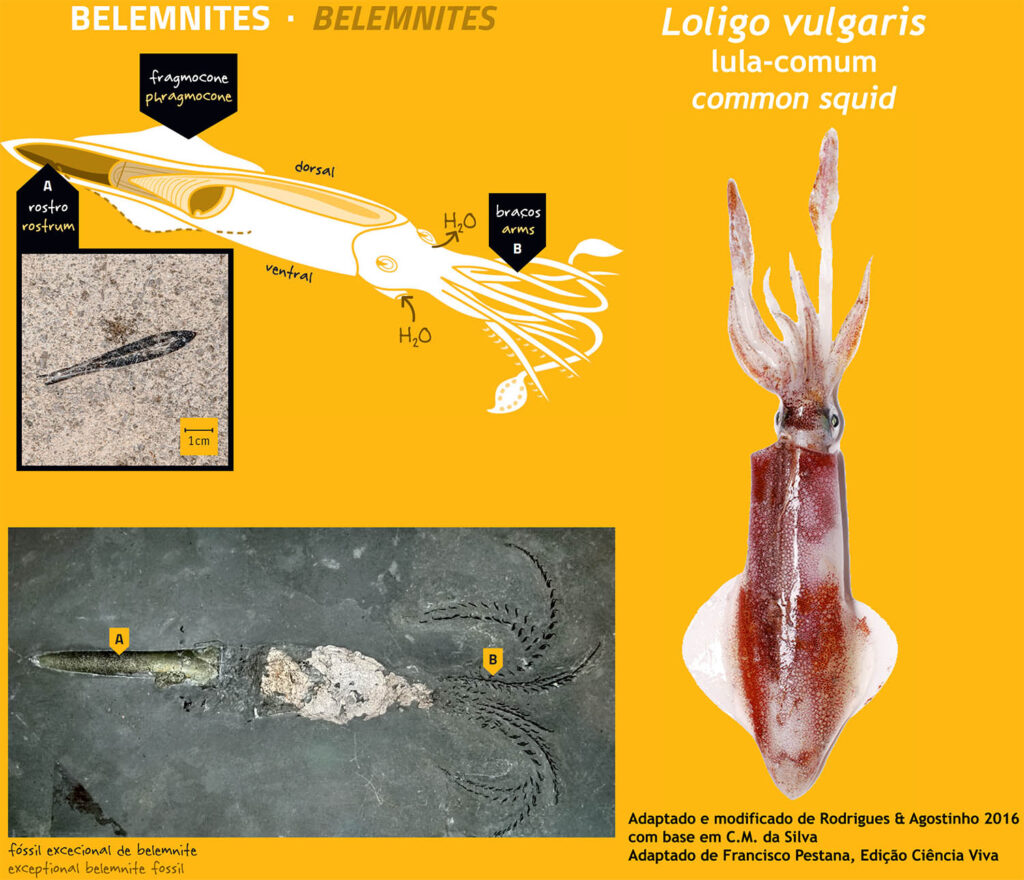
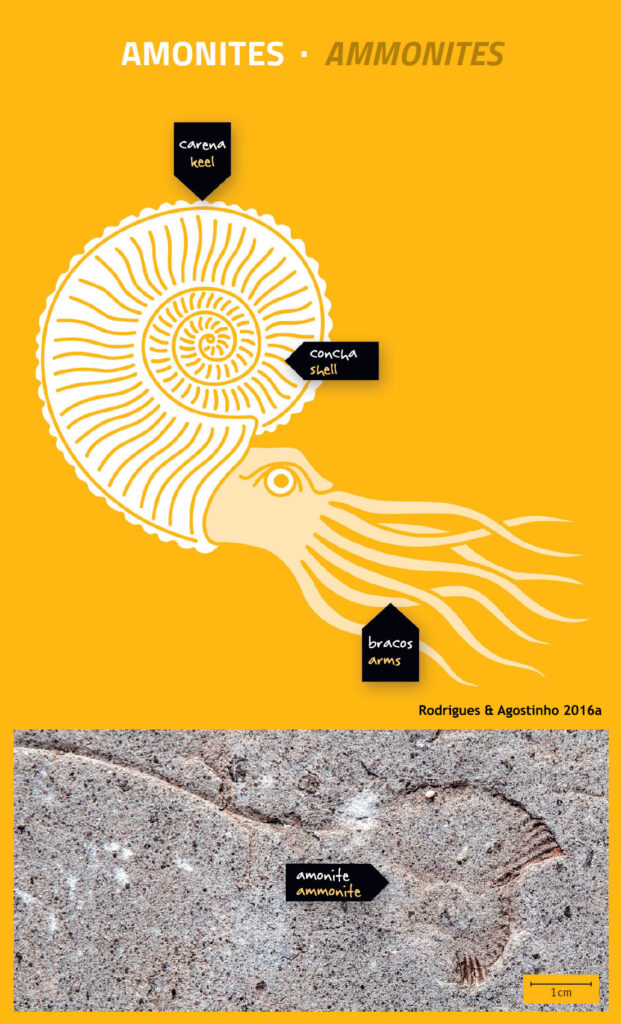



















Comments